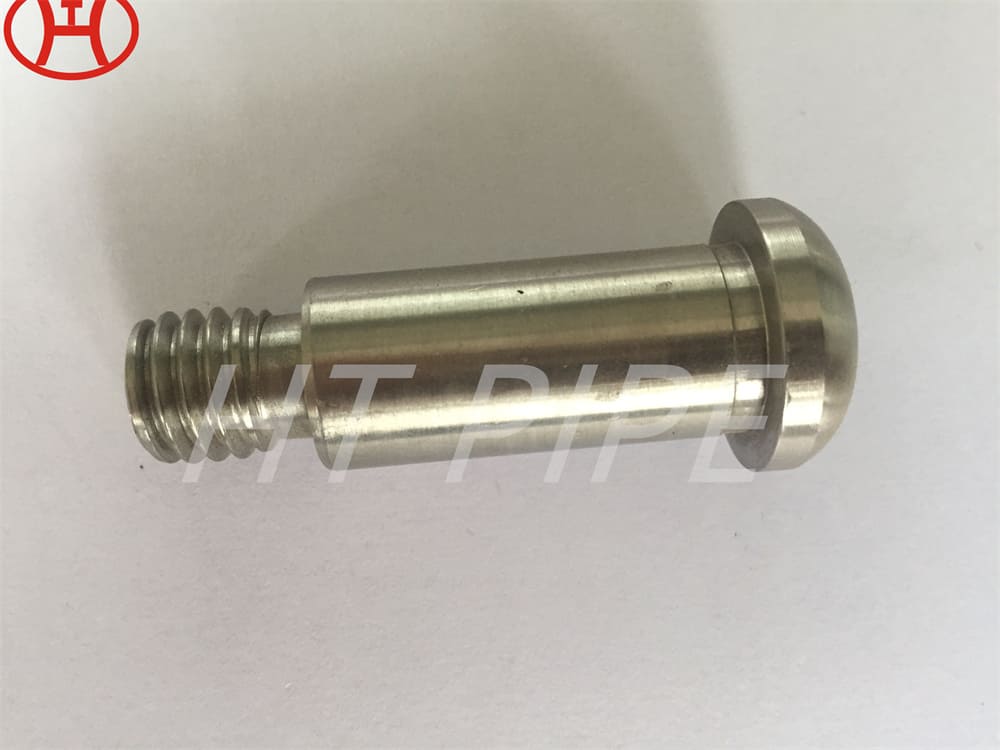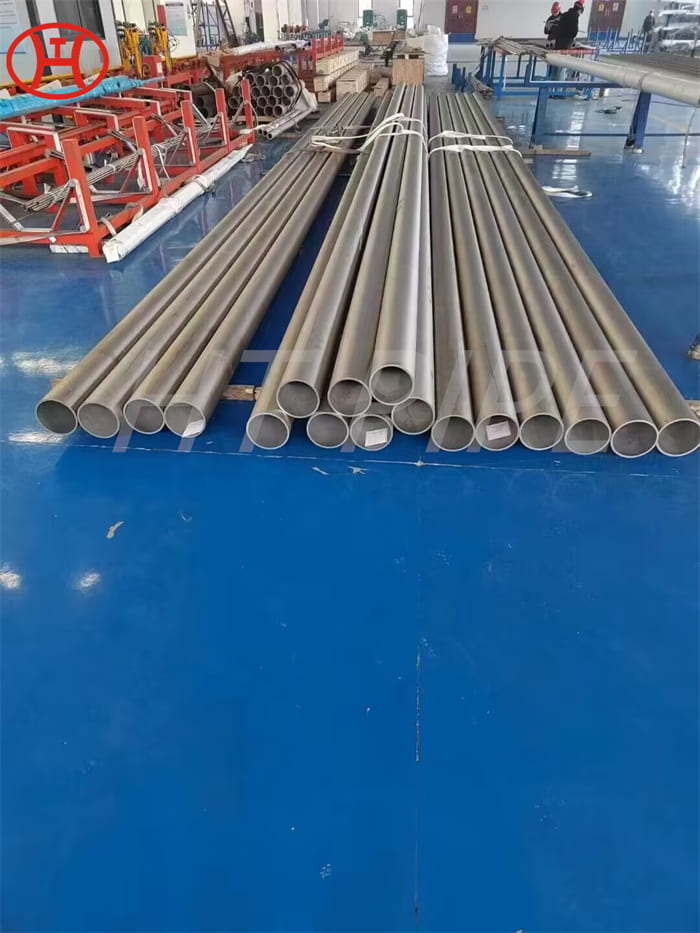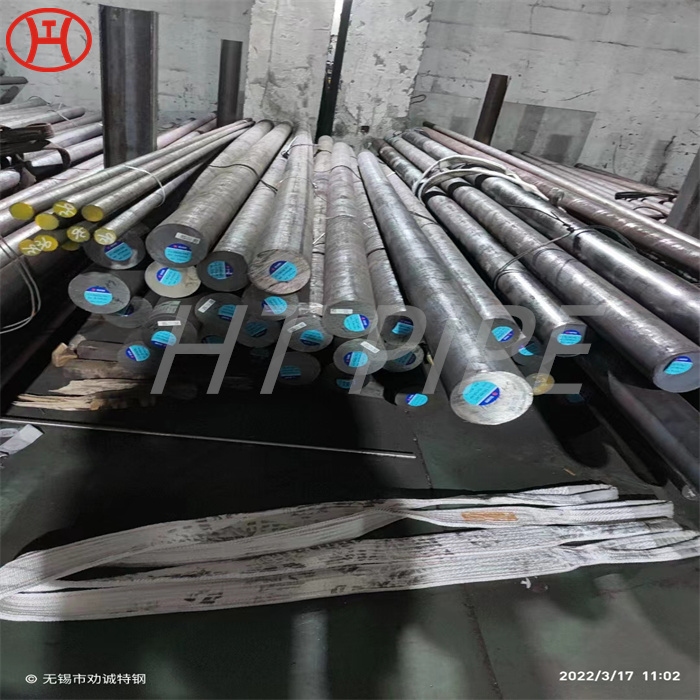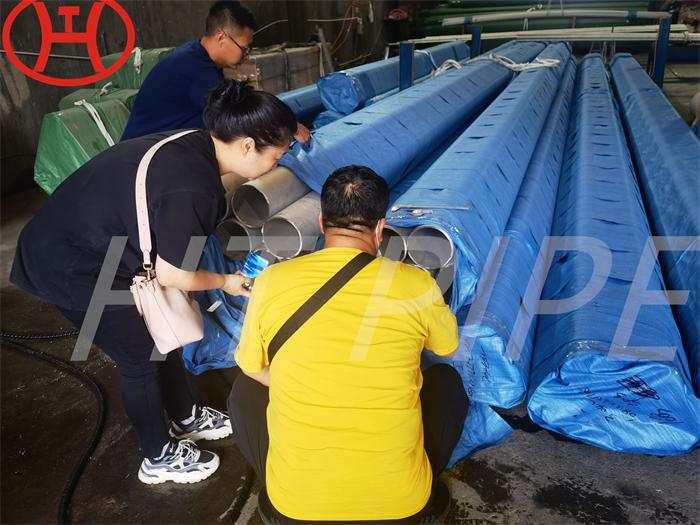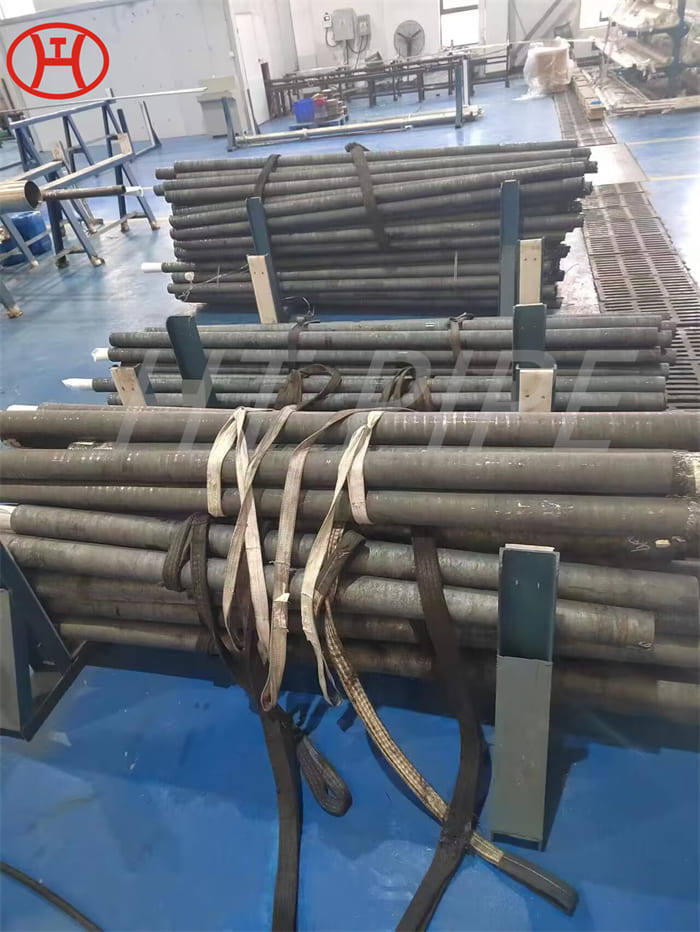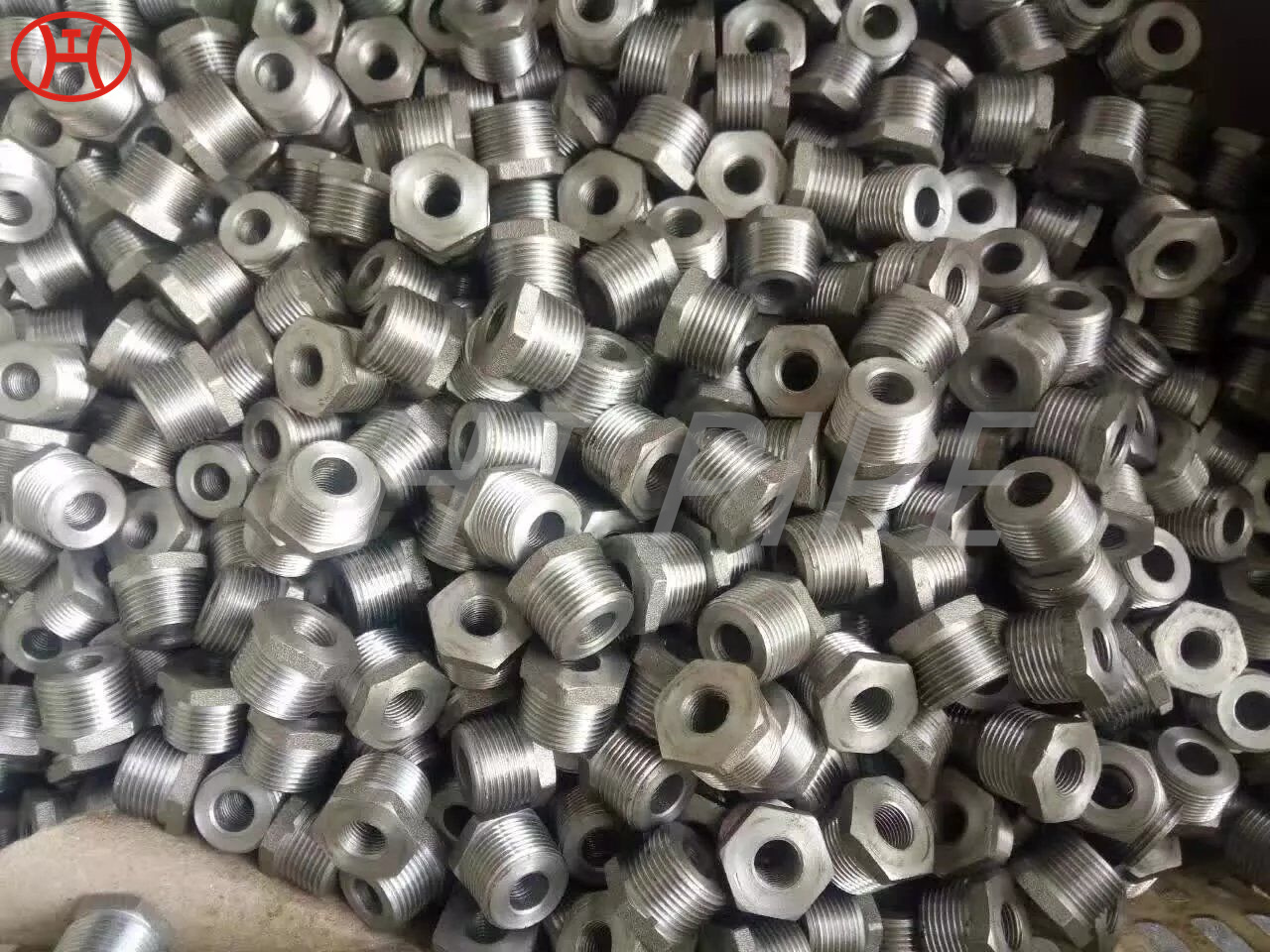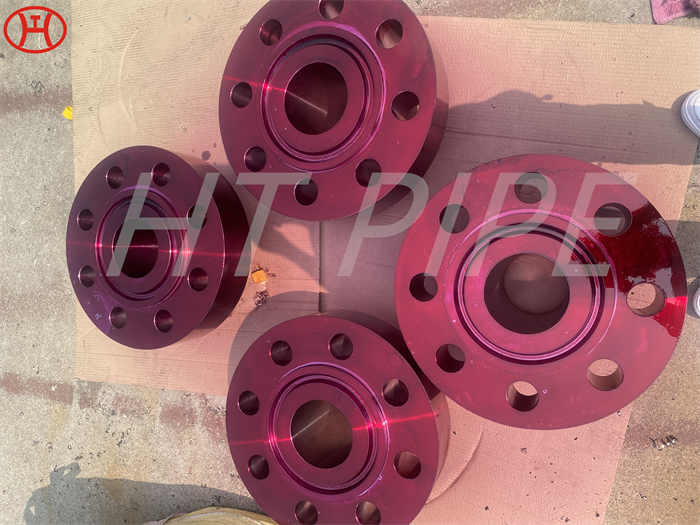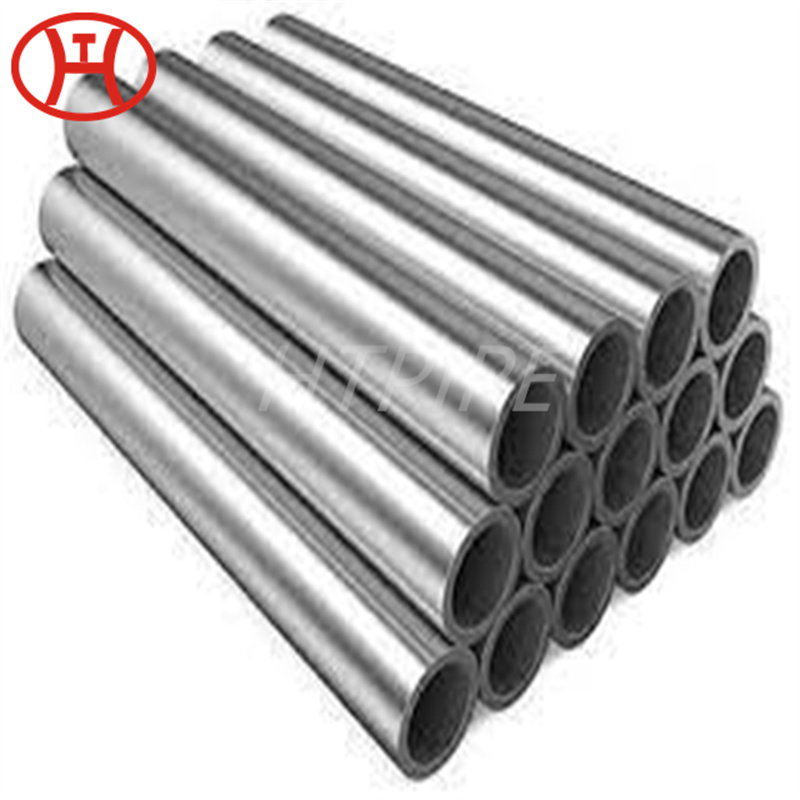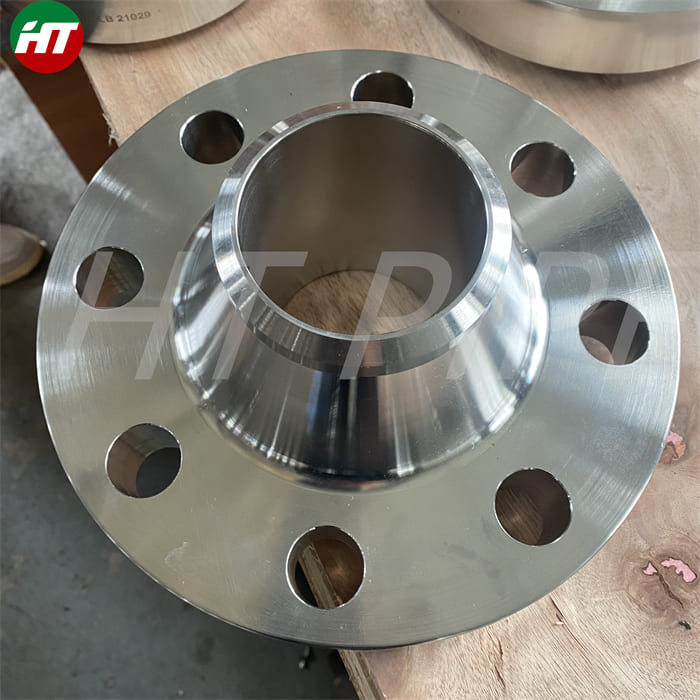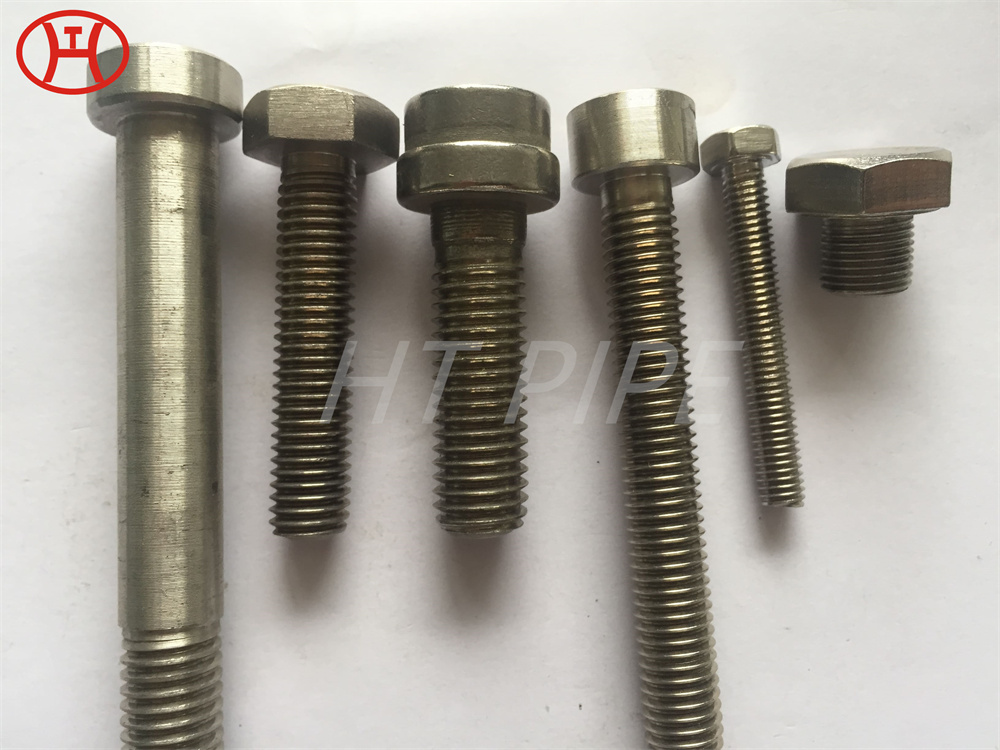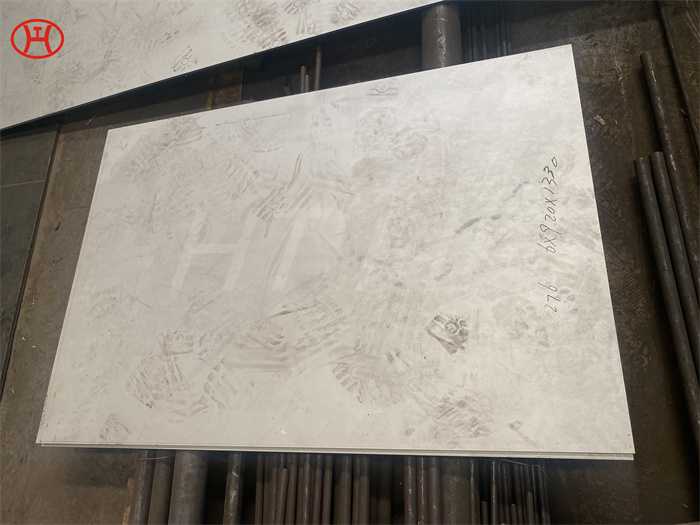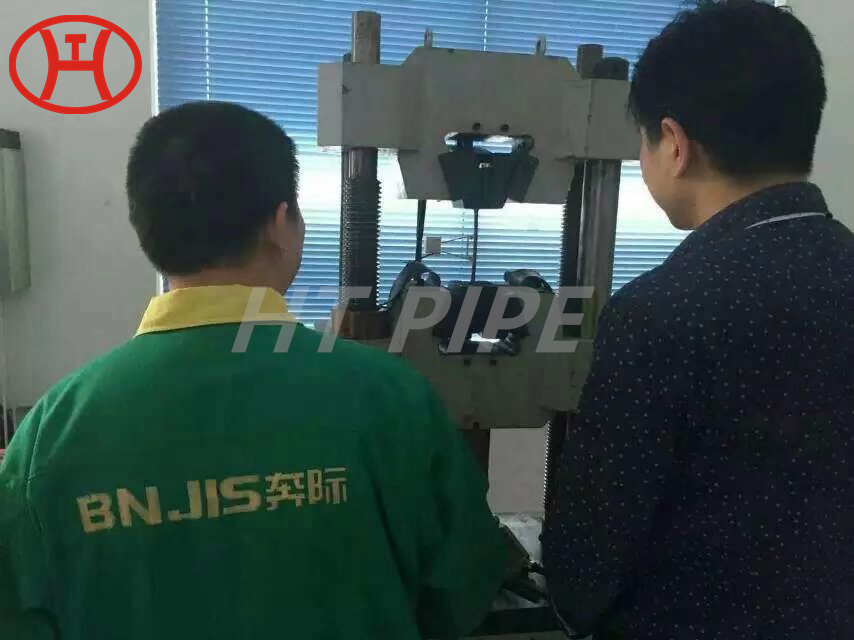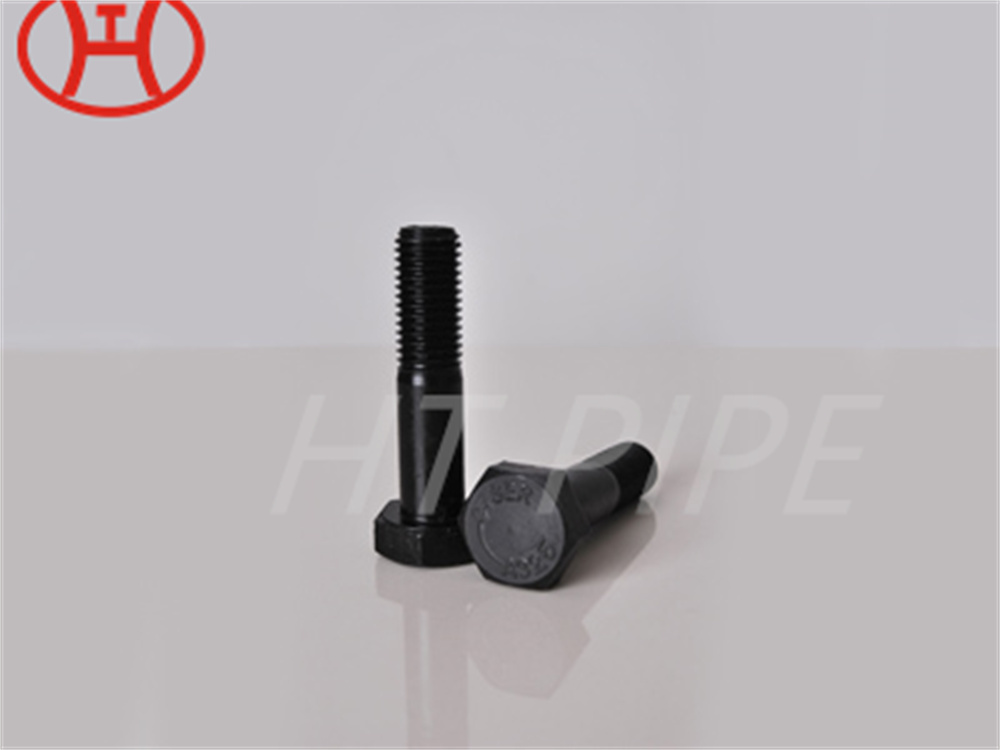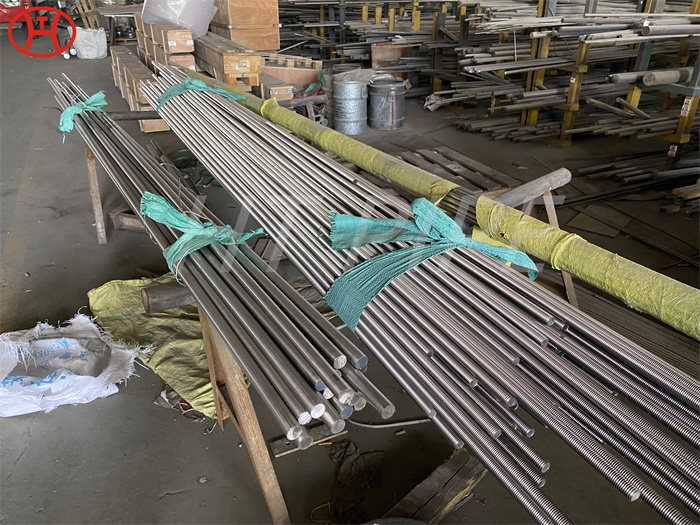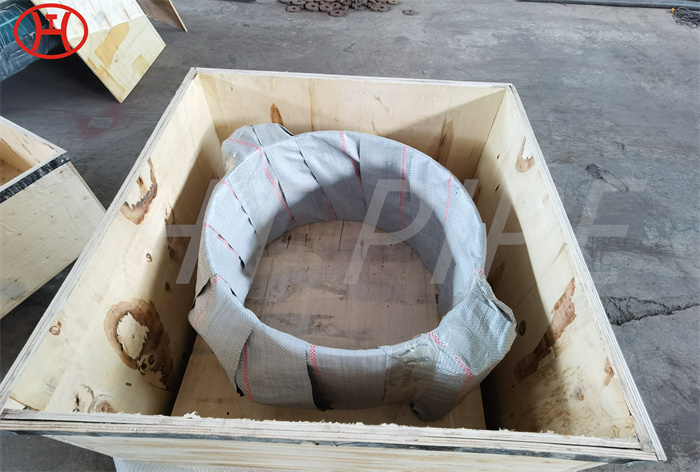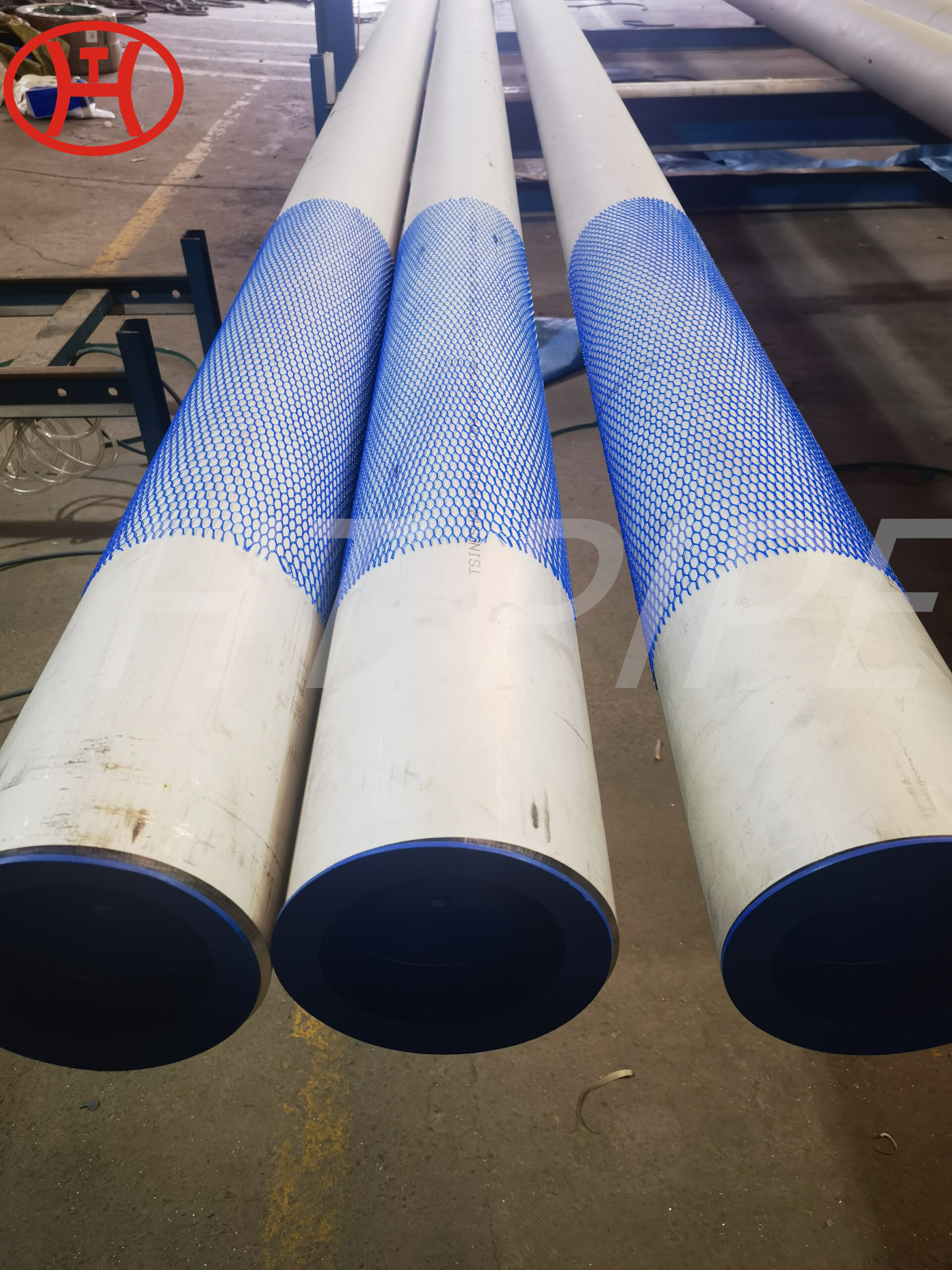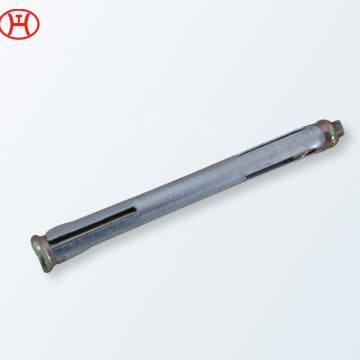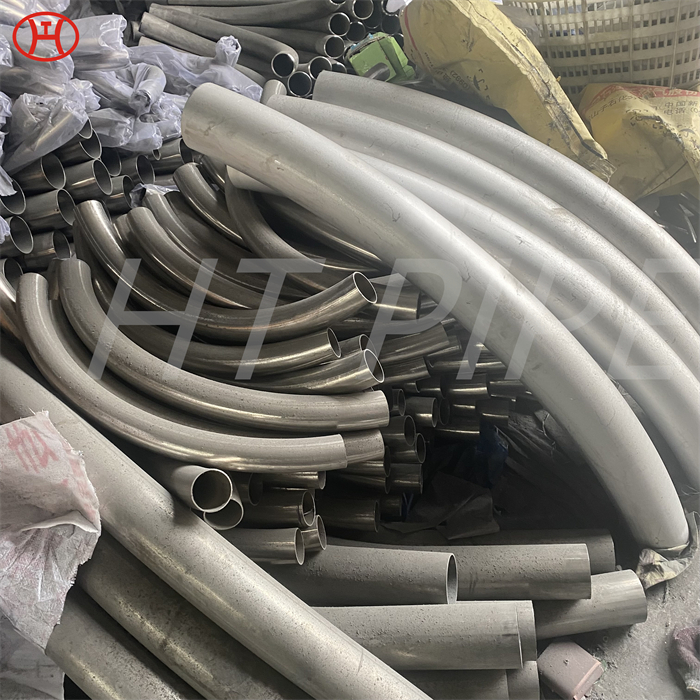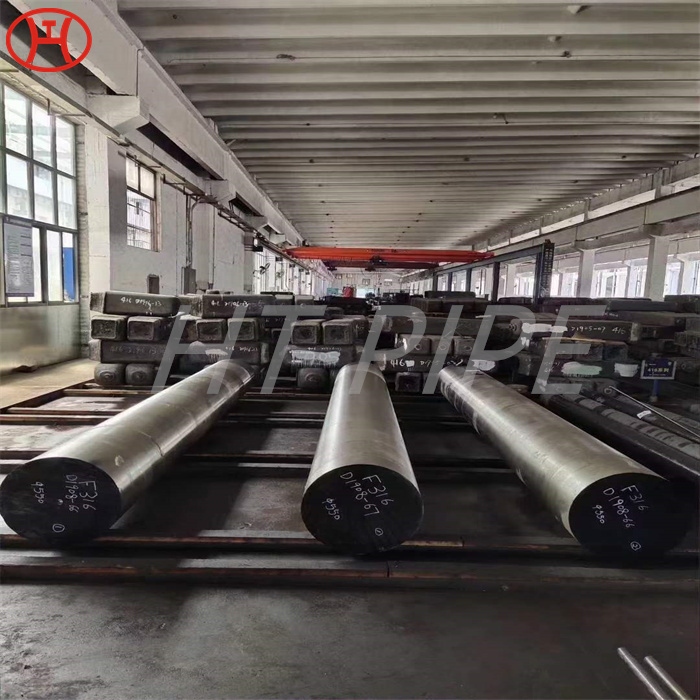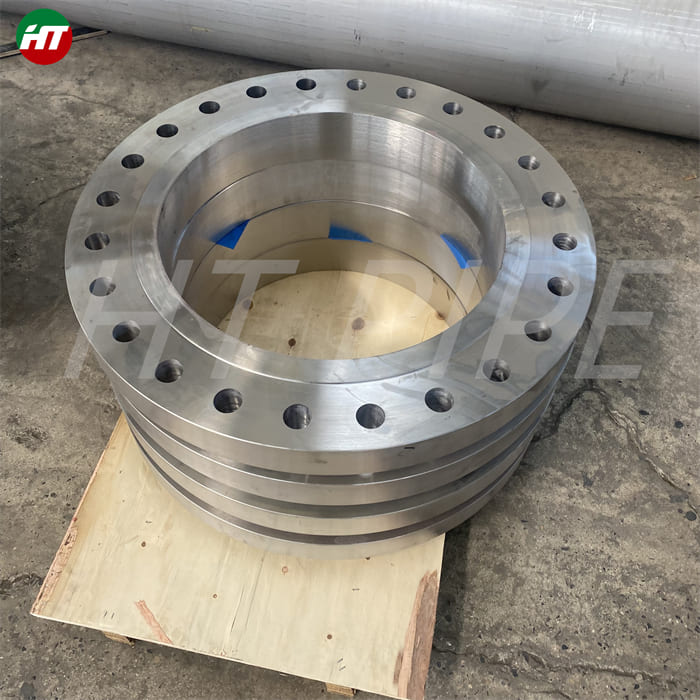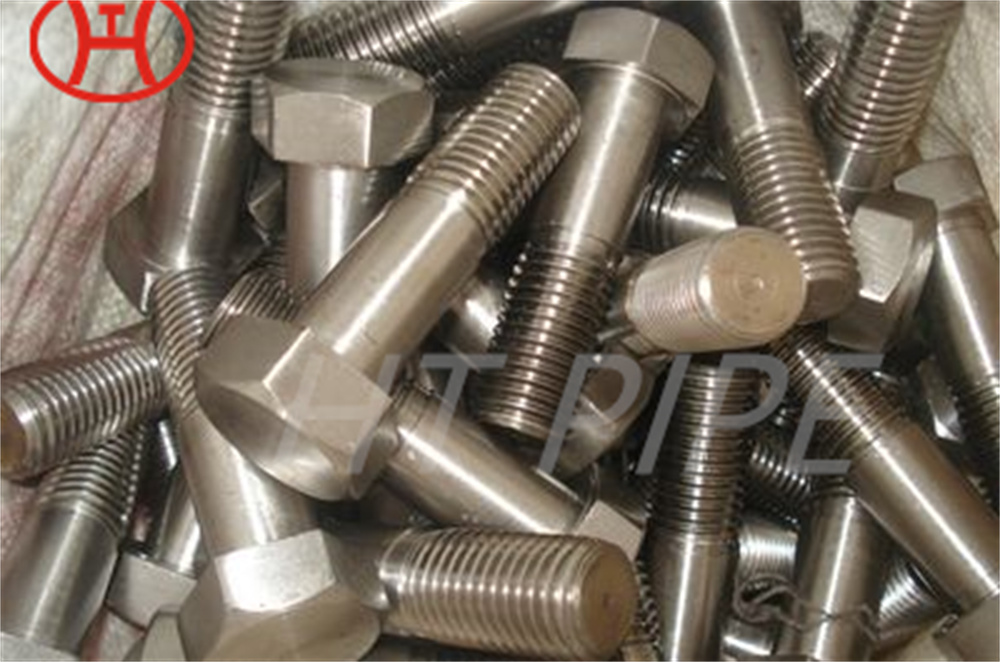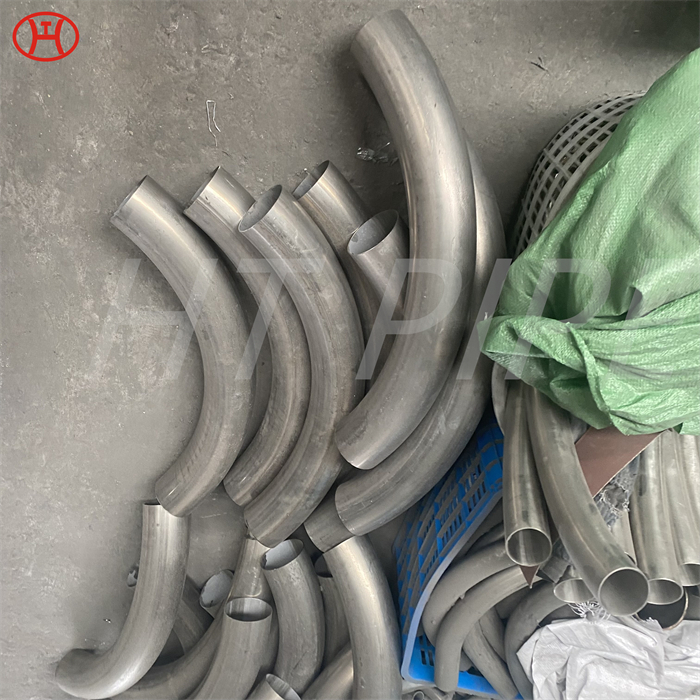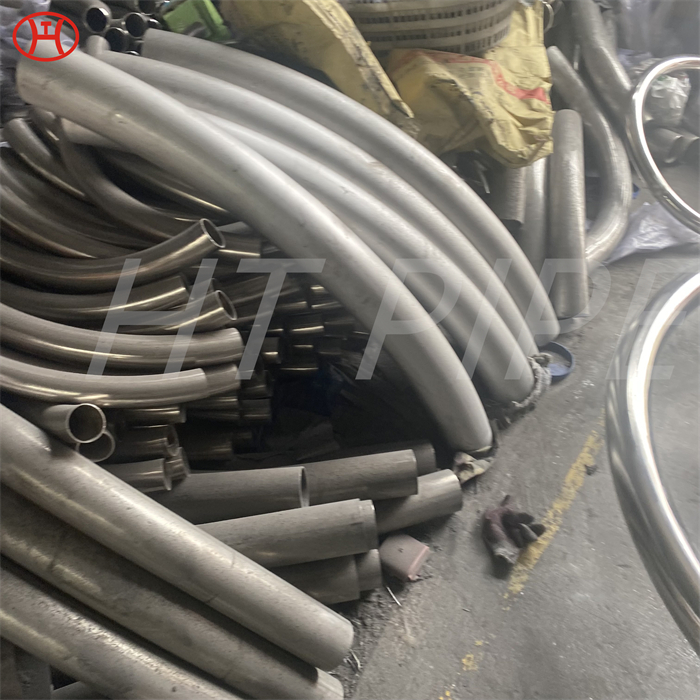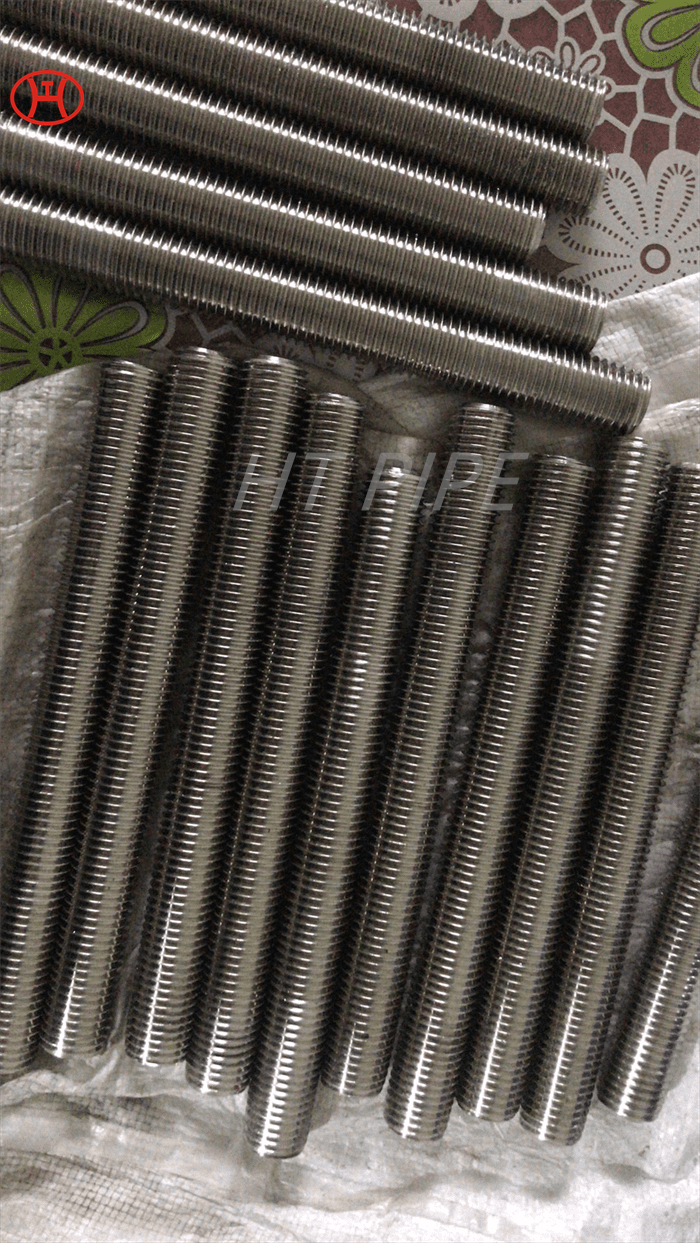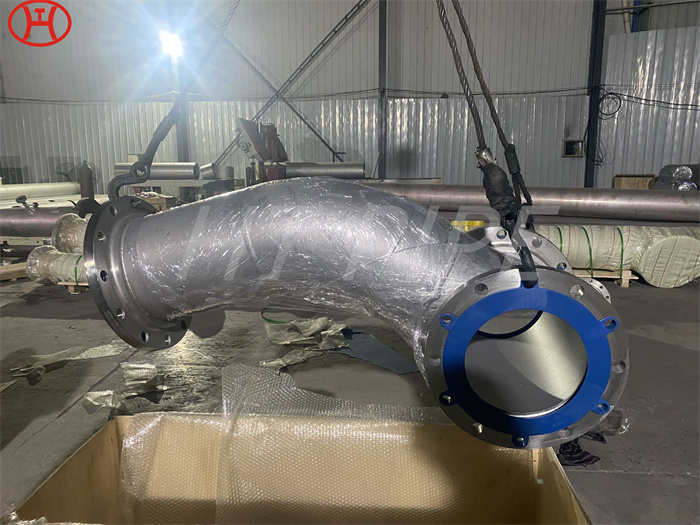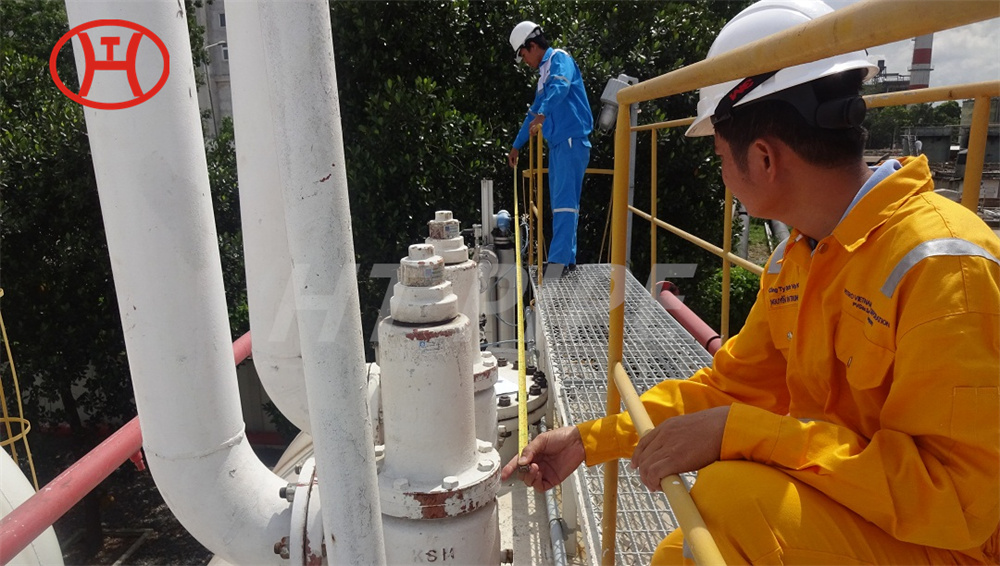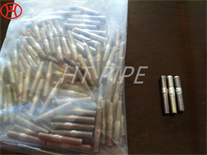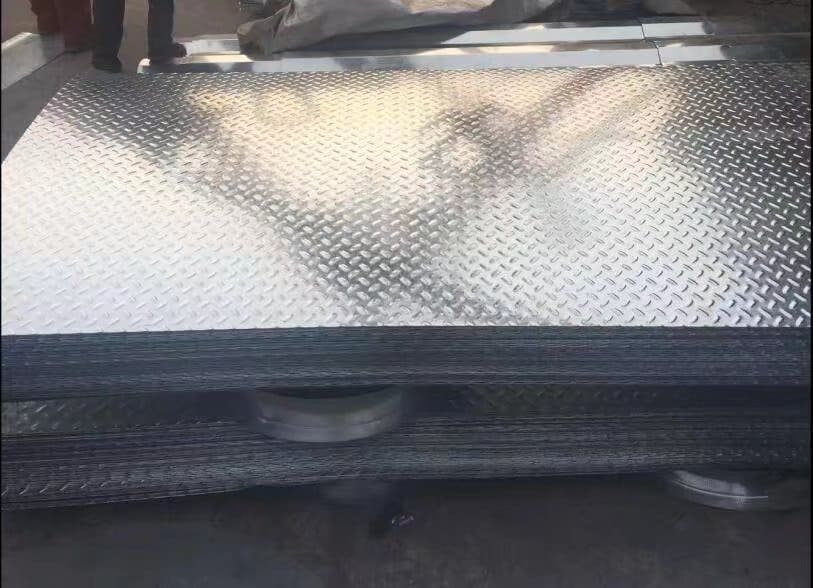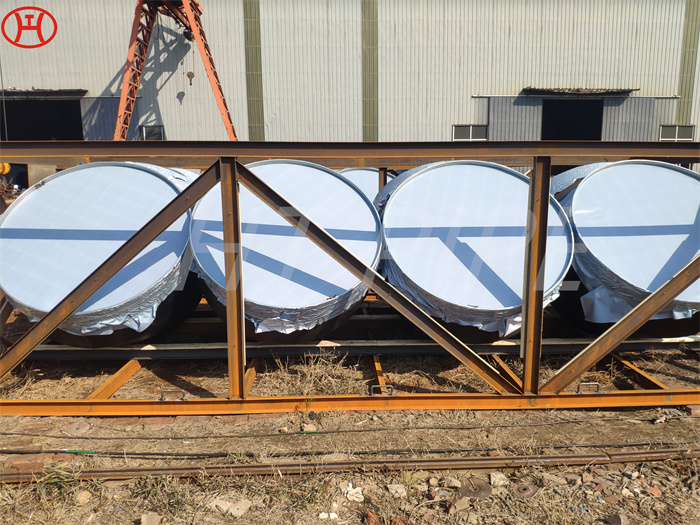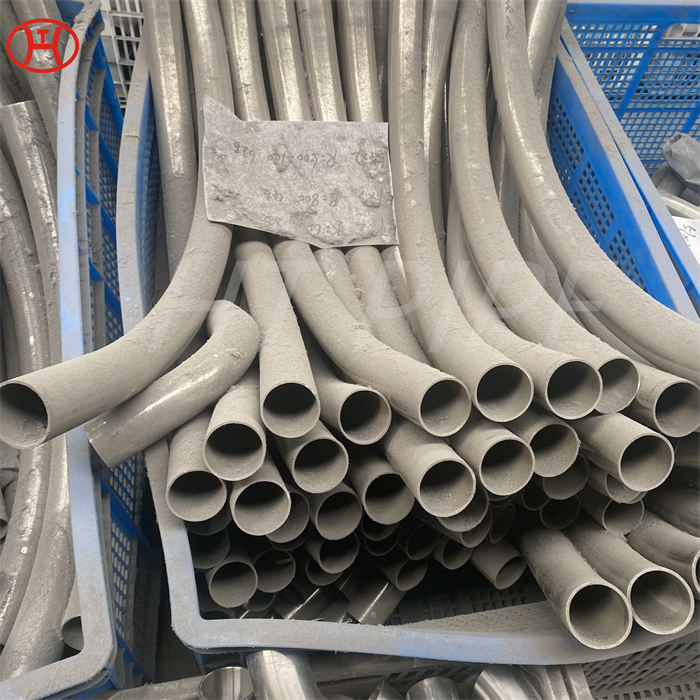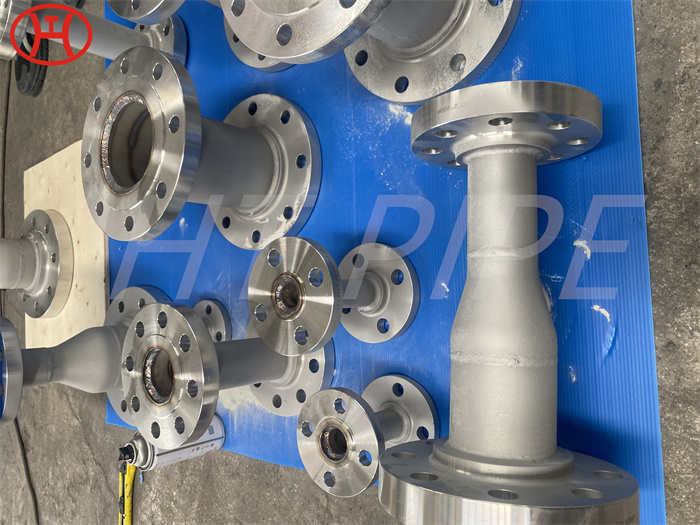special alloy Hastelloy B3 round head bolt
What distinguishes the Hastelloy B3 fastener from its predecessor is its excellent ductility during transient exposure to intermediate temperatures (i.e. machining, heat treatment) due to its lower carbon content. This nickel-molybdenum alloy is typically available in bar, wire, sheet and plate form. Hastelloy B-3 fasteners are commonly used in vacuum furnaces and petro/chemical production lines.
Hastelloy B-3 is a nickel-molybdenum alloy with excellent resistance to pitting, corrosion and stress corrosion cracking, and has better thermal stability than alloy B-2. This alloy also has good resistance to knife line and heat-affected zone attacks. HASTELLOY B-3 alloy (UNS N10675) is extremely resistant to pure hydrochloric, hydrobromic and sulfuric acids. In addition, it greatly improves structural stability compared to previous B-type alloys, reducing concerns during welding, fabrication and service. Hastelloy B-3 is a nickel-molybdenum alloy with excellent resistance to pitting, corrosion and stress corrosion cracking and better thermal stability than alloy B-2. In addition, this nickel-steel alloy is highly resistant to knife-line and heat-affected zone attacks.

